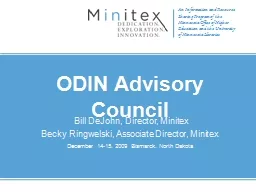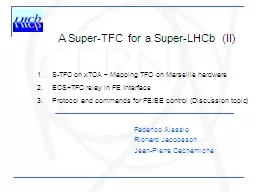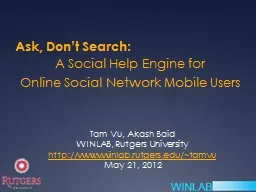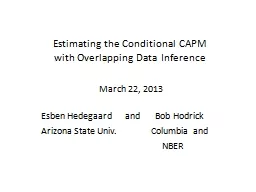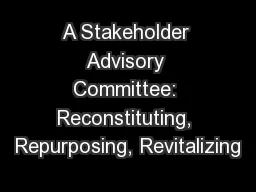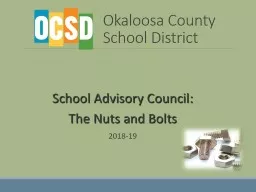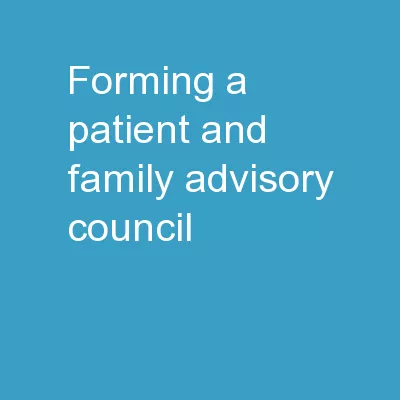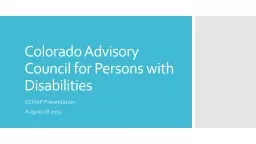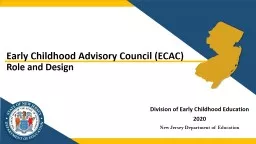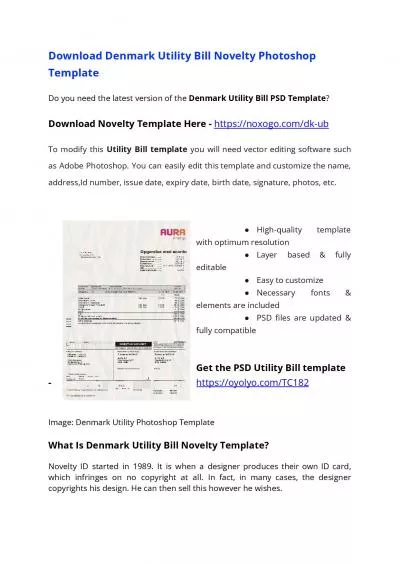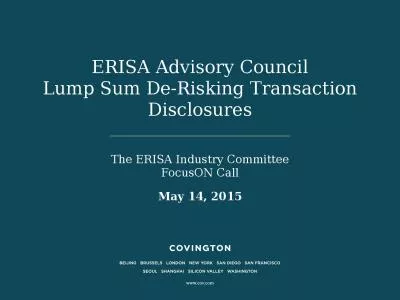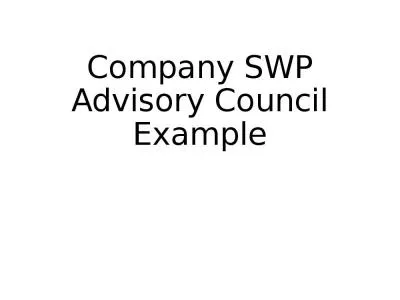PPT-ODIN Advisory Council Bill DeJohn, Director, Minitex
Author : alexa-scheidler | Published Date : 2018-10-22
Becky Ringwelski Associate Director Minitex December 1415 2009 Bismarck North Dakota Planning Strategic Directions Wilbur contacted me in October about possibly
Presentation Embed Code
Download Presentation
Download Presentation The PPT/PDF document "ODIN Advisory Council Bill DeJohn, Dire..." is the property of its rightful owner. Permission is granted to download and print the materials on this website for personal, non-commercial use only, and to display it on your personal computer provided you do not modify the materials and that you retain all copyright notices contained in the materials. By downloading content from our website, you accept the terms of this agreement.
ODIN Advisory Council Bill DeJohn, Director, Minitex: Transcript
Download Rules Of Document
"ODIN Advisory Council Bill DeJohn, Director, Minitex"The content belongs to its owner. You may download and print it for personal use, without modification, and keep all copyright notices. By downloading, you agree to these terms.
Related Documents

